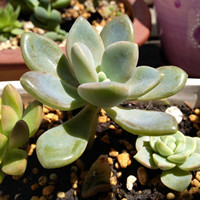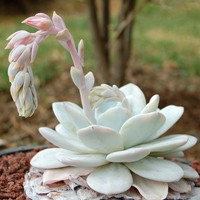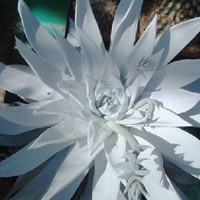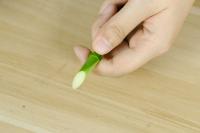How Often Should Water Be Given to Red Bell Pepper Plants?
Red bell pepper plants are a staple in many gardens because they produce delicious and nutritious vegetables. However, growing these plants requires adequate watering to ensure their growth and development. But how often should you water red bell pepper plants? In this article, we will explore the factors that affect the frequency of watering and provide helpful tips to ensure your red bell pepper plants thrive.
The Role of Soil in Watering Red Bell Pepper Plants
The condition of the soil is crucial when it comes to watering red bell pepper plants. Soil that drains well helps prevent overwatering and root rot. Conversely, soil that does not drain well could lead to waterlogged conditions, which are detrimental to the growth of pepper plants. Therefore, it is essential to water red bell pepper plants only when the top 1-2 inches of soil feel dry to the touch. This ensures adequate water supply while also preventing waterlogging, which can lead to wilting.
The Impact of Climate on Watering Frequency
The climate of your location is another crucial factor to consider when assessing how often to water your red bell pepper plants. Regions with hot and dry climates usually require more frequent watering than regions with cool and humid climates. In hot and dry weather, red bell pepper plants may wilt more easily because the soil dries out faster. In contrast, cooler and humid climates can retain moisture for longer periods, so watering frequency may be reduced. It is vital to monitor the soil regularly to maintain a consistent level of moisture and avoid extreme fluctuations in the soil's water content.
The Importance of Watering Time and Method
The time and method of watering are also essential considerations for the proper care of red bell pepper plants. Early morning or late afternoon is the ideal time to water pepper plants because the temperature is cooler and evaporation is minimal. This allows the plants to absorb water more effectively, reducing water loss through evaporation. When watering, use a gentle spray method to avoid damaging the plants' leaves, which could expose them to the risk of fungal infections. Ensure that water penetrates to the plant's roots to ensure optimal growth.
The Signs of Overwatering and Under watering
Overwatering or underwatering red bell pepper plants can hinder their growth and development. Overwatering can cause root rot and fungal infections, while underwatering can lead to stunted growth and wilting. Signs of overwatering include waterlogged soil, yellowing or wilting leaves, and a sour, musty smell. Signs of underwatering include dry and crispy leaves, slow growth, and wilted leaves that do not recover after watering. Regularly monitor the soil moisture, inspecting the leaves for signs of damage or disease to ensure optimal growth.
Conclusion
Proper watering is essential for the optimal growth and development of red bell pepper plants. The frequency of watering should depend on factors such as the soil condition, climate, time, and method of watering. Over and underwatering can adversely affect the growth and development of pepper plants, so it is vital to monitor the soil moisture and observe signs of damage or disease on the leaves. With these helpful tips, your red bell pepper plants are sure to thrive and yield abundant vegetables.

 how many times do yo...
how many times do yo... how many planted tre...
how many planted tre...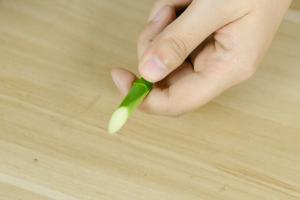 how many pine trees ...
how many pine trees ... how many pecan trees...
how many pecan trees... how many plants comp...
how many plants comp... how many plants can ...
how many plants can ... how many plants and ...
how many plants and ... how many pepper plan...
how many pepper plan...

















